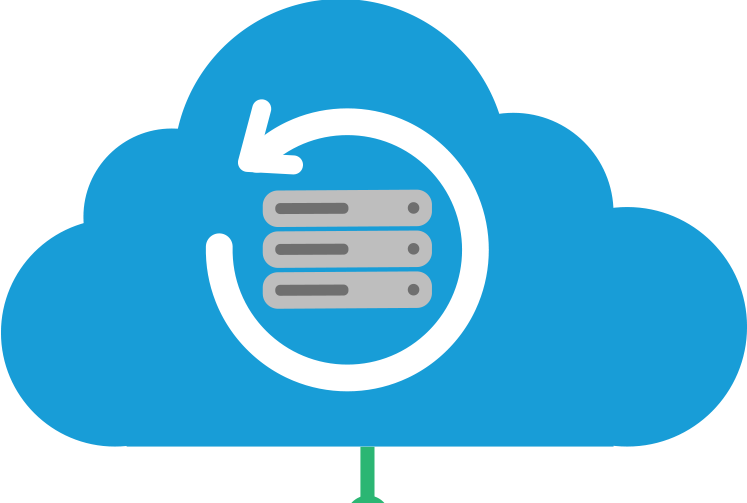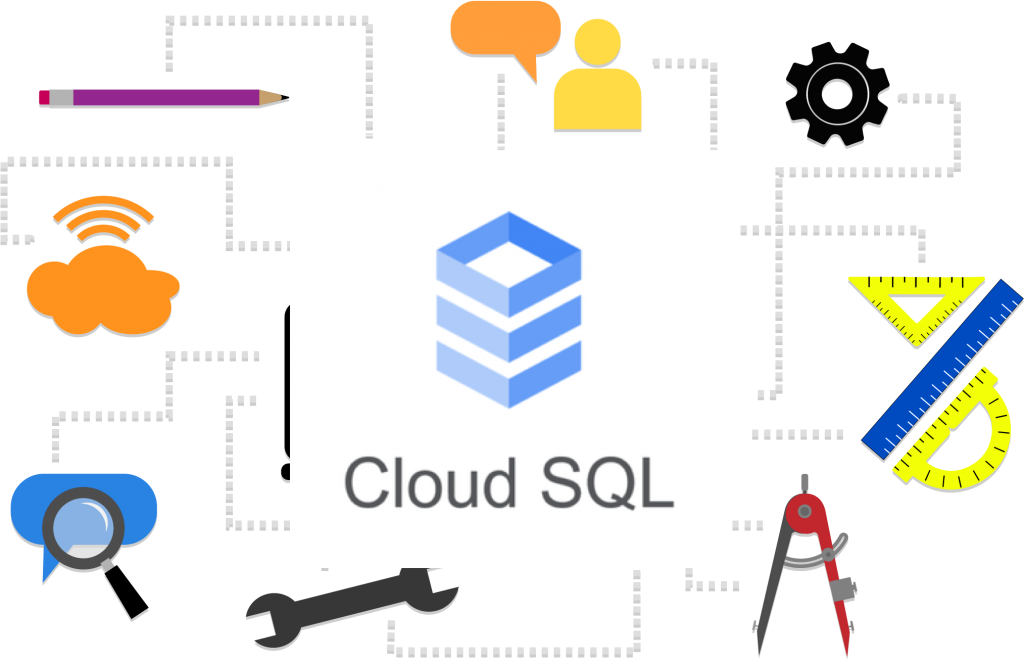
A short disclaimer. I am writing it in the middle of March 2022 and it is possible that when you read the blog the information published here is not relevant anymore. Cloud products are evolving very fast.
I write the post to share some observations and potential issues you might have with deploying GCP Memorystore for Redis instances through Anthos Config Connector (ACC) controller. If you are not familiar with ACCI, I strongly recommend reading at least a high level overview of the product. In essence this is a Kubernetes addon which allows you to automatically deploy and manage GCP services by applying a manifest file (YAML or Helm chart) to a Kubernetes cluster with the ACC controller. It allows you to use the Kubernetes cluster as a deployment tool for GCP resources in your organization. This is a really interesting approach and might transform your environment in the cloud. But it implies some challenges around security which I am going to discuss in the blog.
Continue reading “Anthos Config Connector and Redis security”

